Author: Jake Huolihan
Named after a hop growing region in New Zealand, Motueka is a relatively new variety bred by crossing a selection from the New Zealand breeding program with a Saaz-type variety. With moderate alpha acid levels and relatively low cohumulone content, Motueka is purported to be an excellent all-purpose hop, providing a solid yet smooth bitterness from early kettle additions with notes of lime from additions made later in the process.
Alpha: 6.5 – 7.5%
Beta: 5.0 – 5.5%
Cohumulone: 29% of alpha acids
Total Oil: 0.8 mL/100g
Myrcene: 47.7%
Humulene: 3.6%
Caryophyllene: 2%
Farnesene: 12.2%
Linalool: 1.5 – 1.6%
Geraniol: 0%
ß-Pinene: not available
Parentage: New Zealand breeding program selection crossed with a Saazer variety
Having recently signed up for a meal subscription service where the chefs use lime fairly liberally, something my palate totally agrees with, I was stoked to brew with a hop variety said to impart characteristics of this zesty citrus for this edition of The Hop Chronicles!
| MAKING THE BEER |
The recipe for this beer was very simple in order to exemplify Motueka’s unique characteristics.
Motueka Pale Ale
Recipe Details
| Batch Size | Boil Time | IBU | SRM | Est. OG | Est. FG | ABV |
|---|---|---|---|---|---|---|
| 5.5 gal | 60 min | 32.0 IBUs | 4.0 SRM | 1.054 | 1.012 | 5.4 % |
| Actuals | 1.054 | 1.009 | 5.9 % | |||
Fermentables
| Name | Amount | % |
|---|---|---|
| Pale Malt (2 Row) US | 11 lbs | 91.67 |
| Weyermann Vienna | 1 lbs | 8.33 |
Hops
| Name | Amount | Time | Use | Form | Alpha % |
|---|---|---|---|---|---|
| Motueka | 46 g | 60 min | Boil | Pellet | 3.4 |
| Motueka | 28 g | 30 min | Boil | Pellet | 3.4 |
| Motueka | 28 g | 5 min | Boil | Pellet | 3.4 |
| Motueka | 28 g | 3 days | Dry Hop | Pellet | 3.4 |
Yeast
| Name | Lab | Attenuation | Temperature |
|---|---|---|---|
| Flagship (A07) | Imperial | 75% | 60°F - 72°F |
Notes
| Water Profile: Ca 69 | Mg 0 | Na 8 | SO4 104 | Cl 49 |
Download
| Download this recipe's BeerXML file |
I made a starter of Imperial Organics A07 Flagship yeast a couple days ahead of time.
I readied the ingredients for this batch the day before brewing, adjusting the liquor to my desired mineral profile, then awoke early the next morning and began heating the water to strike temperature, during which I milled the grains I’d previously weighed out.
With the water ready, I mashed in to hit my target temperature.
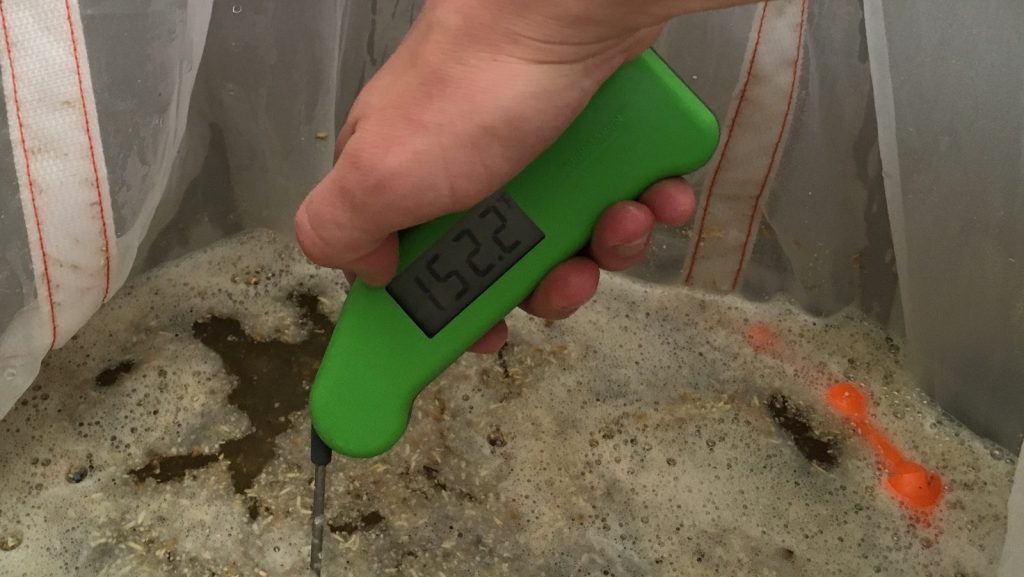
Following a 60 minute mash rest, I pulled grain bag out of the kettle and let it drip until I’d collected the expected pre-boil volume.

While waiting for the wort to achieve a boil, I measured out the hop additions.
The wort was boiled for 60 minutes during which hops were added at the appropriate times.

At the end of the boil, quickly chilled the wort to my desired pitching temperature.
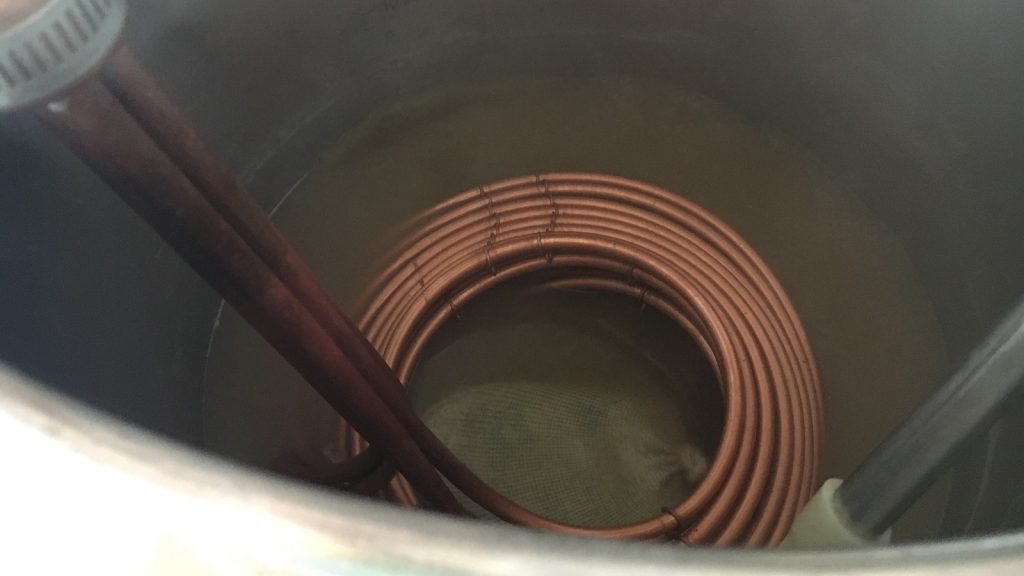
A hydrometer measurement at this point confirmed I’d hit my target OG.
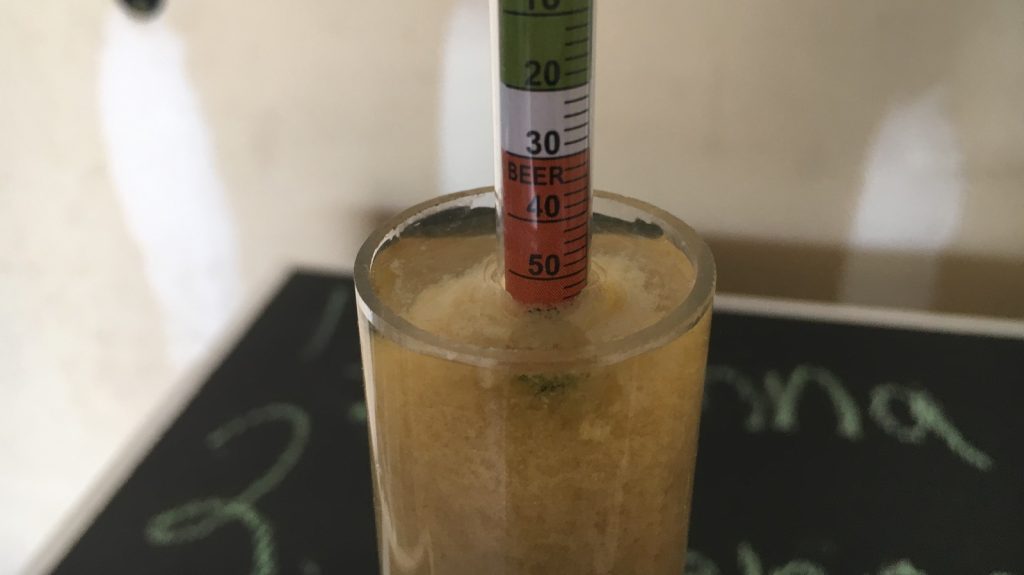
After filling a fermentor, I decanted the supernatant from the starter and pitched the remaining yeast into the wort.
I noticed signs of fermentation the following morning. A few days later, with activity appearing to wind down, I added the dry hop charge and let that sit for a couple more days before taking a hydrometer measurement to confirm FG had been reached.
I proceeded to rack the warm beer to a keg then cold crash and fine with gelatin.
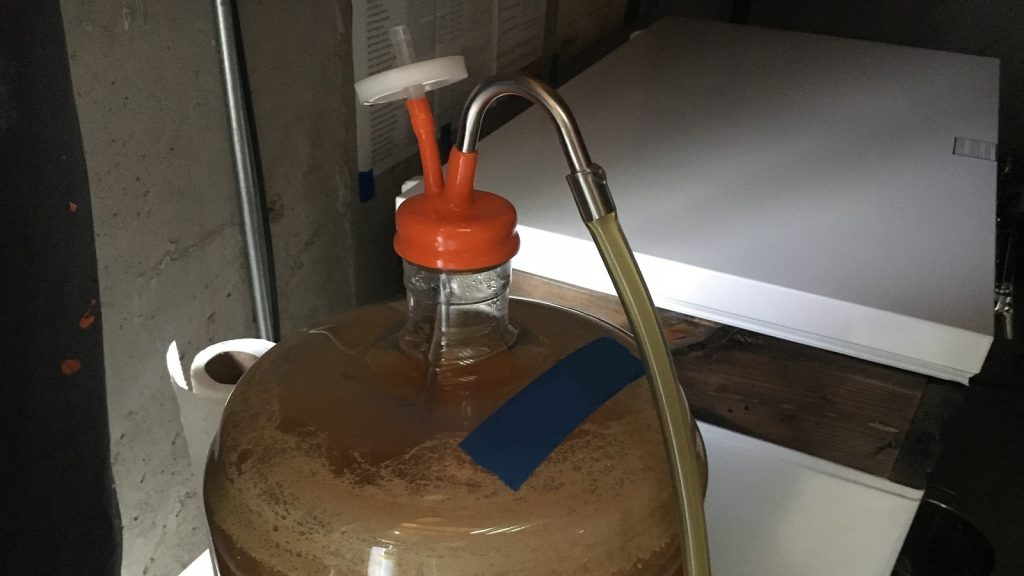
The cold beer was then burst carbonated before I reduced the gas to serving pressure and let it sit until the weekend, at which point it was crystal clear and ready to serve!
| METHOD |
Participants were instructed to focus only on the aromatic qualities of the beer before evaluating the flavor. For each aroma and flavor descriptor, tasters were asked to write-in the perceived strength of that particular characteristic on a 0-9 scale where a rating of 0 meant they did not perceive the character at all and a rating of 9 meant the character was extremely strong. Once the data was collected, the average rating of each aroma and flavor descriptor was compiled and analyzed.
| RESULTS |
A total of 12 people participated in the evaluation of this beer, all blind to the hop variety used until after they completed the survey. The average aroma and flavor ratings for each descriptor were plotted on a radar graph.
Average Ratings of Aroma and Flavor Perceptions
The 3 characteristics endorsed as being most prominent by participants:
| Aroma | Flavor |
| Stone Fruit | Floral |
| Floral & Apple/Pear (tie) | Spicy/Herbal |
| Citrus | Tropical Fruit |
The 3 characteristics endorsed as being least prominent by participants:
| Aroma | Flavor |
| Dank/Catty | Dank/Catty |
| Resinous | Onion/Garlic |
| Onion/Garlic | Resinous |
Participants were then asked to rate the pungency of the overall hop character.
Next, they were instructed to identify beer styles they thought the hop would work well in.
Finally, tasters were asked to rate how much they enjoyed the hop character on a 1 to 10 scale.
My Impressions: Motueka has become a fairly popular hop, I’ve known about it for awhile and won’t pretend my opinion of this beer was completely impartial. From my first sip to the last pint, I perceived massive amounts of lime with notes of lemon and some fruit rind. In addition to the beer being delicious, it was validating to have my personal experience with a hop align so well with expectations based on pre-existing descriptions. Motueka has been a go-to for me when making IPA and will definitely hbe a variety I continue to use in the future!
| CONCLUSION |
Testing different hops is always a fun adventure that sometimes supports prior opinions of a flavor profile though often seems to create opportunities to learn new things about a specific hop variety. While I was aware of descriptions of Motueka as imparting lime characteristics, my use of this hop in IPA was always in combination with other pungent varieties, which made developing a solid idea of its qualities difficult. After analytically drinking many pints of this tasty Motueka Pale Ale, my biased impressions were largely congruent with previous descriptions of this variety.
After analyzing the data from blind participants, I as admittedly surprised to discover not only that citrus wasn’t ranked highest on aroma or flavor, but that most tasters perceived the pungency as being mild to moderate. Herein lies the beauty of blind data collection! I’m not sure of the reason for this discrepancy, but I’m certain I love Motueka and look forward to using it in styles like Mexican Lager and even a chocolaty Stout. This variety is great and I encourage anyone who hasn’t used it to give it a go!
If you have any thoughts on Motueka hops, please feel free to share them in the comments section below!
Support Brülosophy In Style!
All designs are available in various colors and sizes on Amazon!
Follow Brülosophy on:
FACEBOOK | TWITTER | INSTAGRAM
If you enjoy this stuff and feel compelled to support Brulosophy.com, please check out the Support Us page for details on how you can very easily do so. Thanks!



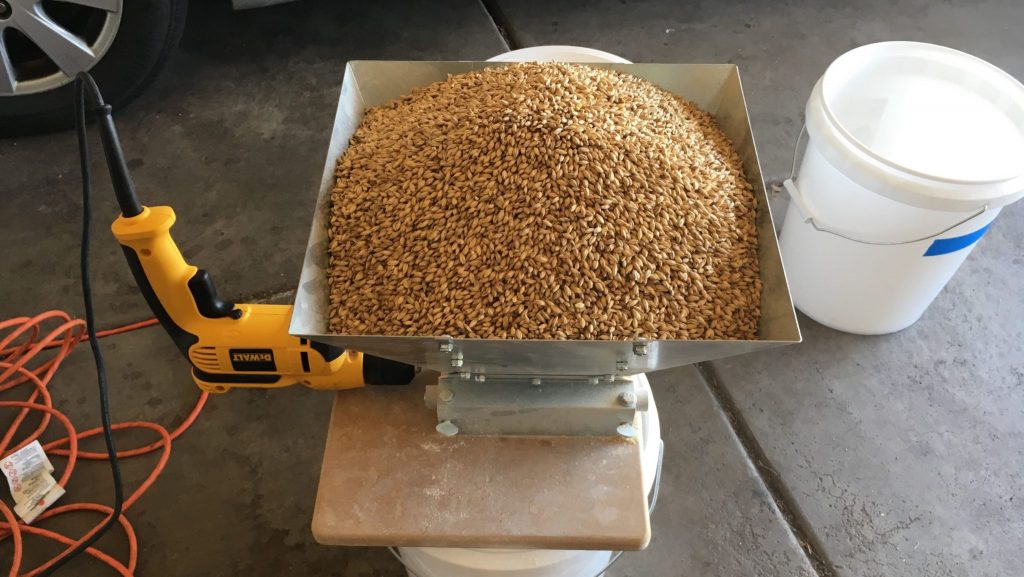
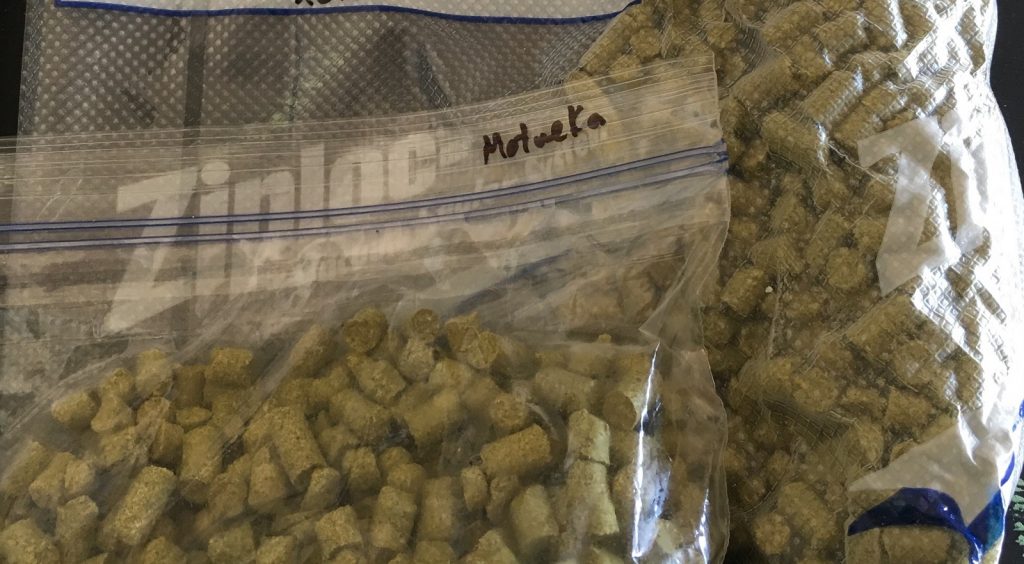
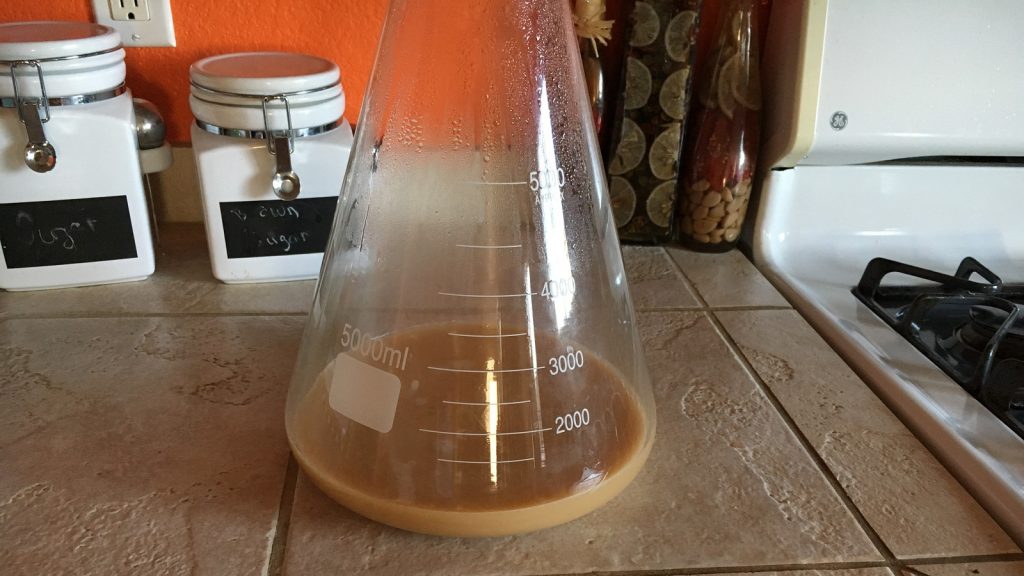
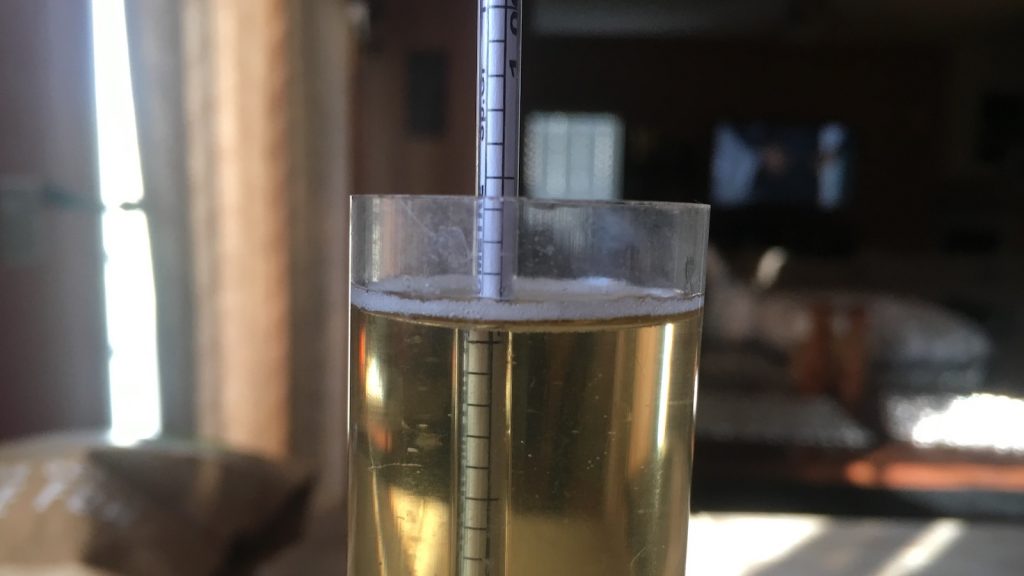
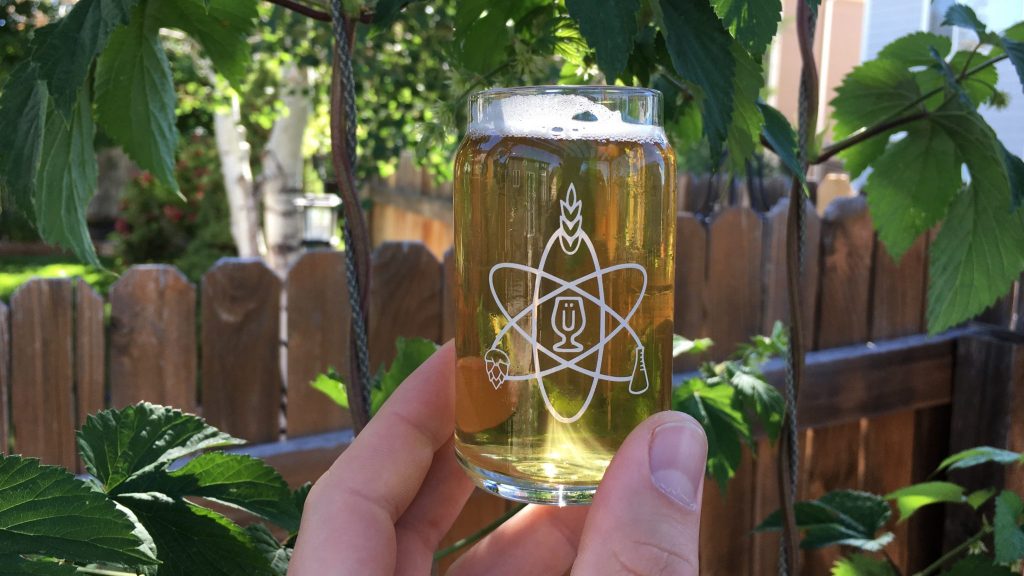
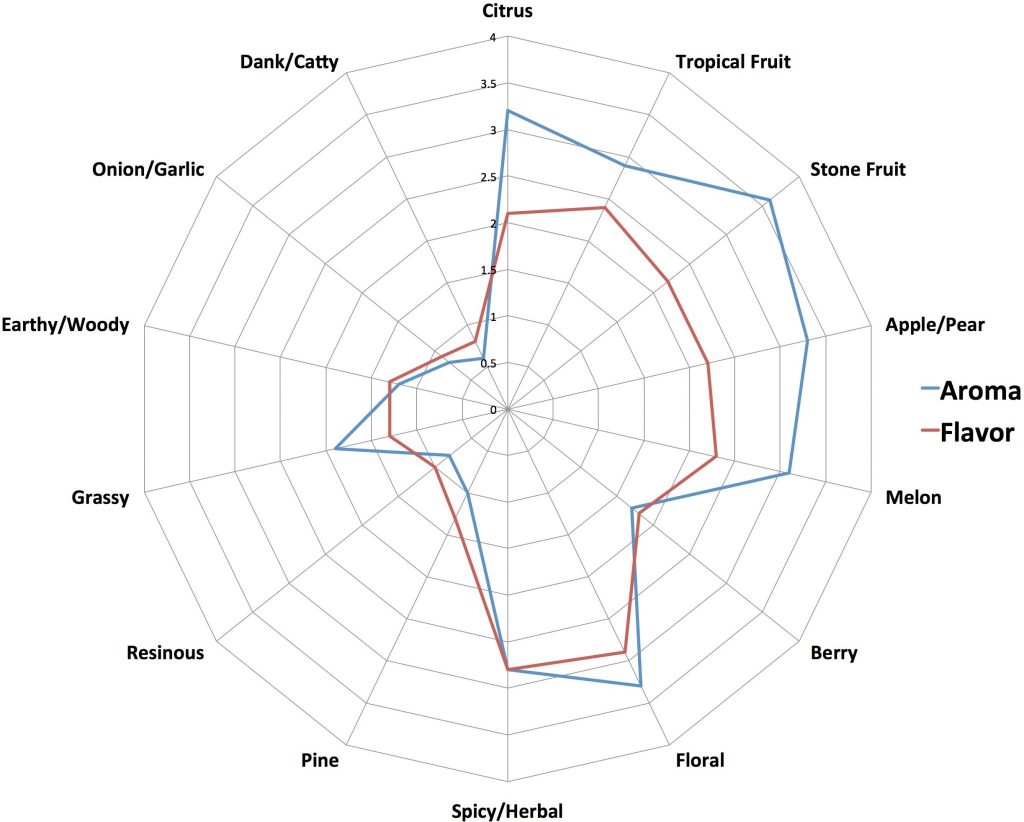
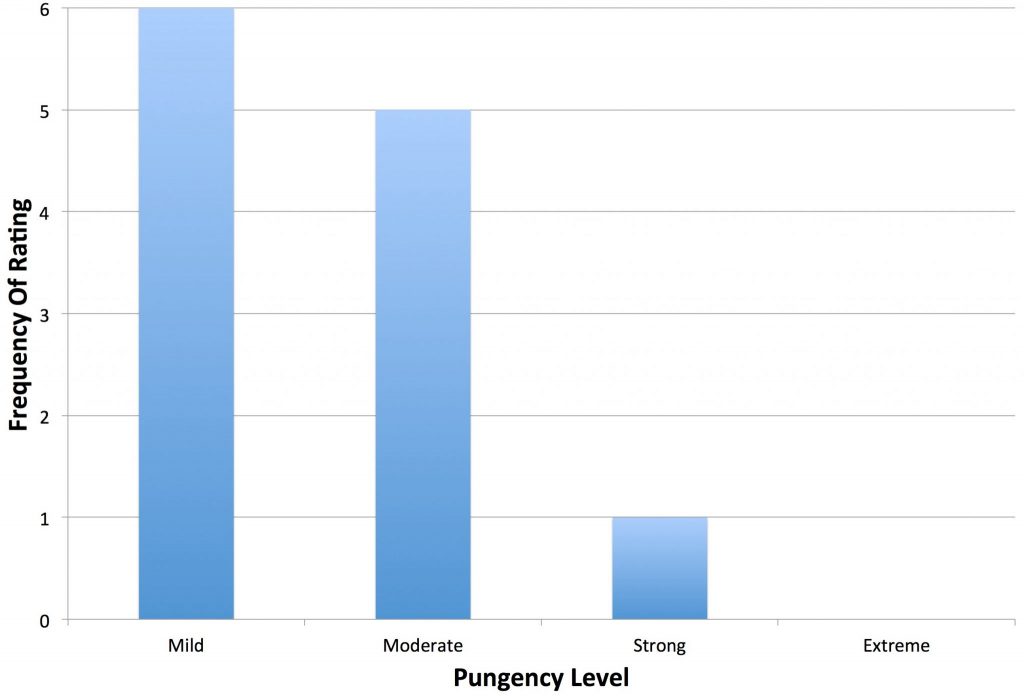
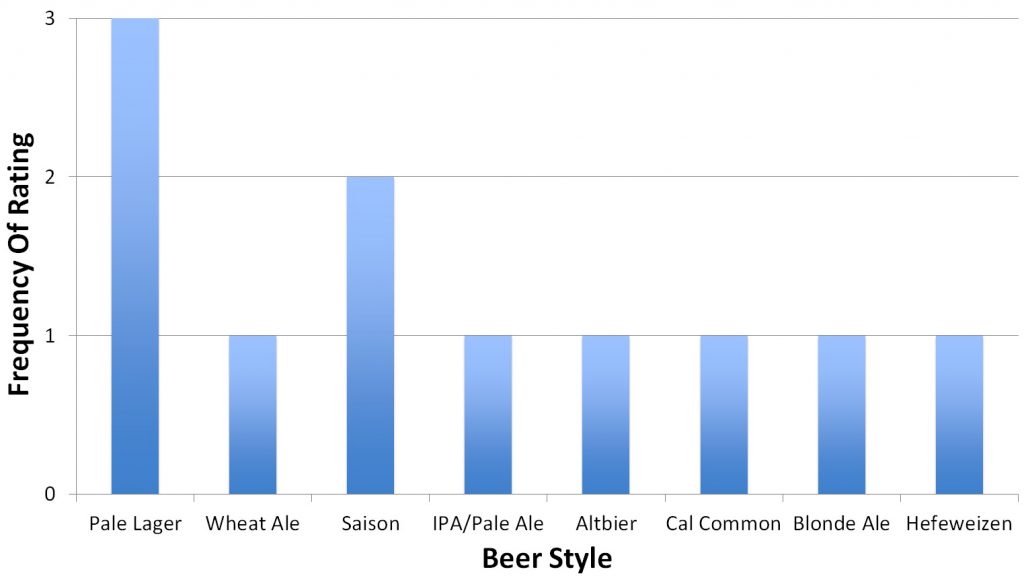
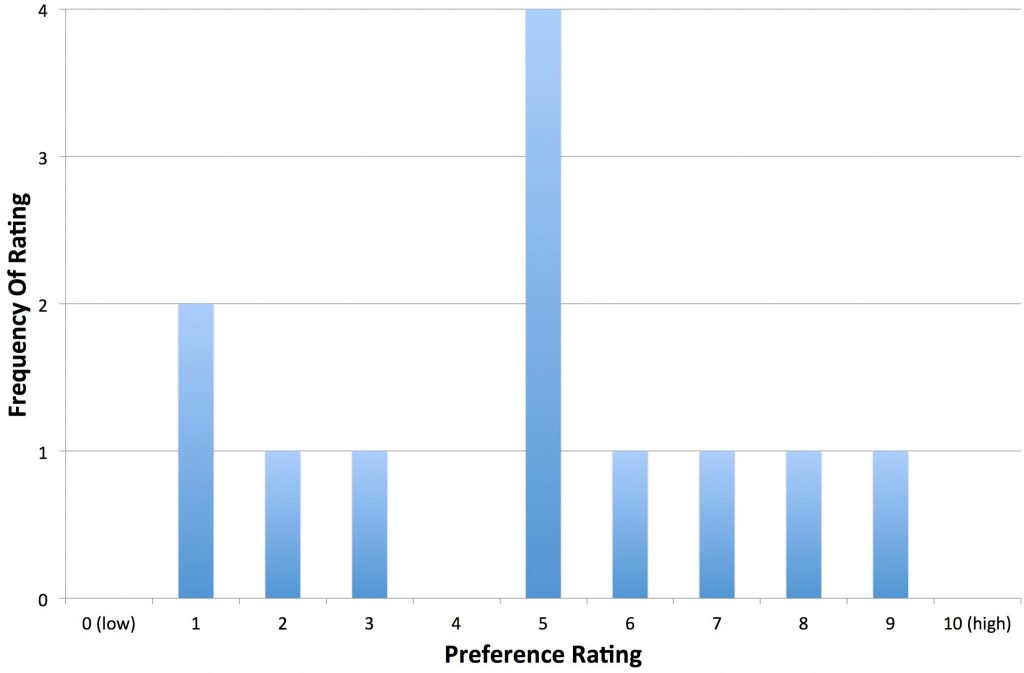
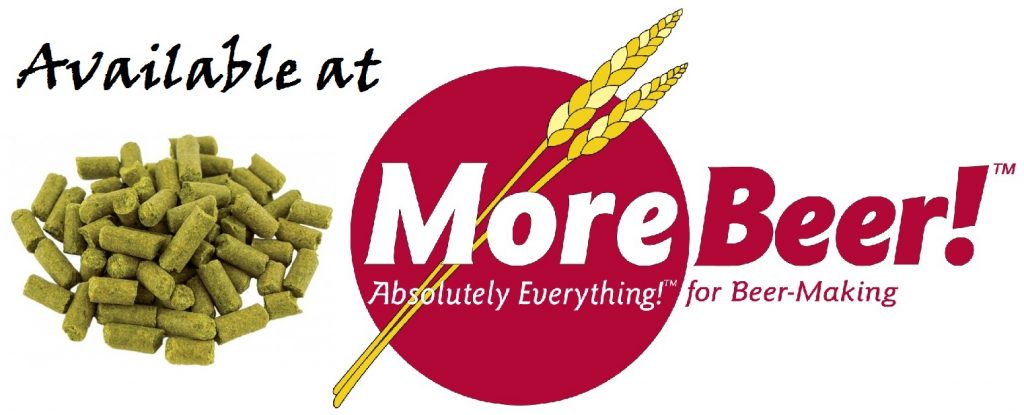









12 thoughts on “The Hop Chronicles | Motueka (2016) Pale Ale”
Great test – thanks.
How come you always clarify it? That kind of i IPA looks great hazy imo. And from what i can taste i think the mouthfeel is better.
I prefer my beers clear, also we’ve done multiple tests with gelatin and never once found significance.
Hello Jake and thanks for the Blog and Test with this hop. I just got back into brewing after a 2 year hiatus and I am implementing a lot of the Brulosohpy’s techniques. One thing I have done is to skip the secondary all together in most of my beers. Can you further explain in detail the racking and clarifying steps that you take? Do you fine with gelatin in the keg? When dry hopping a beer at which point do you fine? I apologize if these are noob questions. Thanks again for what you guys do for the brewing community.
No worries.
I generally DH in the primary fermentor (generally 3-7 days), cold crash (1-5 days before gelatin depending on my schedule), gelatin (min 24 hours length depends on schedule), keg
Awesome, that makes sense. I really appreciate it!
Here in NZ Motueka and Nelson Sauvin get used a lot together. They balance each other well especially with a bit of crystal malt to add a little sweetness. Also excellent in lagers.
Wayne, that combo sounds amazing. Can you recommend a ratio? 2:1 Motueka to Nelson?
Sorry not to reply sooner. I use 20grams of each at 10mins and hop stand and 25 motueka and 15 grams NS for a dry hop. You can put a little citra or similar in the dry hop too if you want more of an American taste.
Thanks for this Motueka hop review. I’ve got some of this sitting in the fridge i was thinking of throwing this in a Pilsner but after seeing this review maybe a blonde ale.
It would be cool to start having the impressions written by someone who is blind to the hop variable. Biased descriptions aren’t terribly valuable. Or perhaps, include some more text from taster impressions
Check out this weeks episode of basic brewing radio
Hi, Why on the matueka description says alfa – 6.5-7.5% and in your recipe says alpha at 3.4%?
Cheers